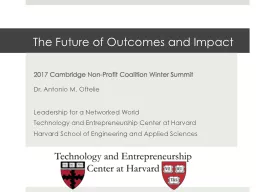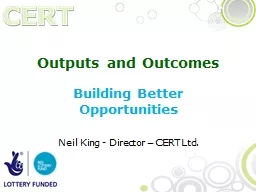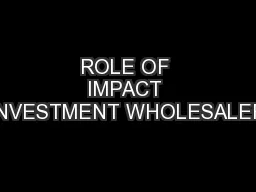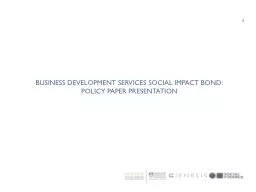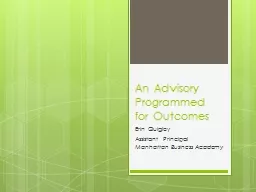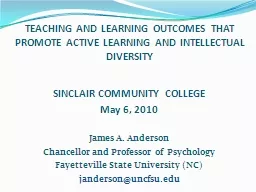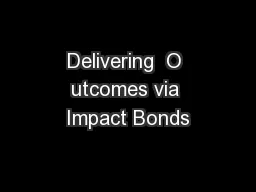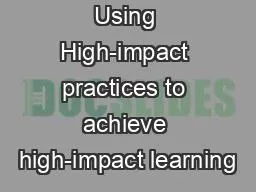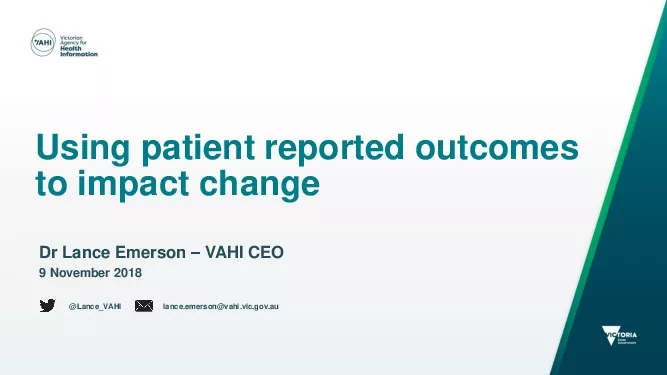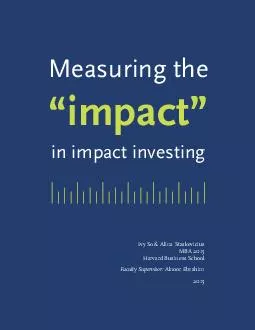PPT-The Future of Outcomes and Impact
Author : phoebe-click | Published Date : 2017-06-07
2017 Cambridge NonProfit Coalition Winter Summit Dr Antonio M Oftelie Leadership for a Networked World Technology and Entrepreneurship Center at Harvard Harvard
Presentation Embed Code
Download Presentation
Download Presentation The PPT/PDF document "The Future of Outcomes and Impact" is the property of its rightful owner. Permission is granted to download and print the materials on this website for personal, non-commercial use only, and to display it on your personal computer provided you do not modify the materials and that you retain all copyright notices contained in the materials. By downloading content from our website, you accept the terms of this agreement.
The Future of Outcomes and Impact: Transcript
Download Rules Of Document
"The Future of Outcomes and Impact"The content belongs to its owner. You may download and print it for personal use, without modification, and keep all copyright notices. By downloading, you agree to these terms.
Related Documents

